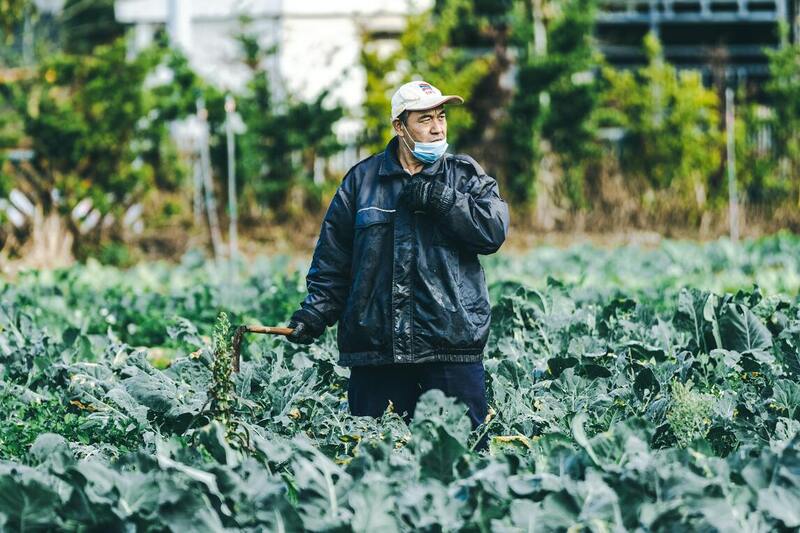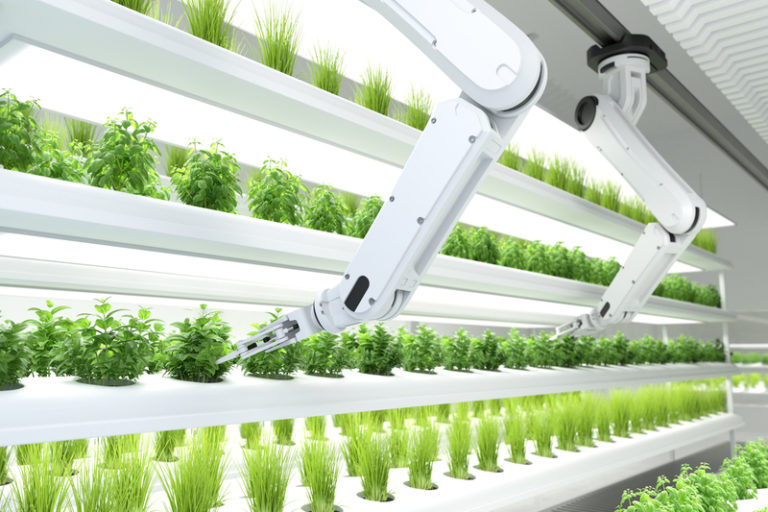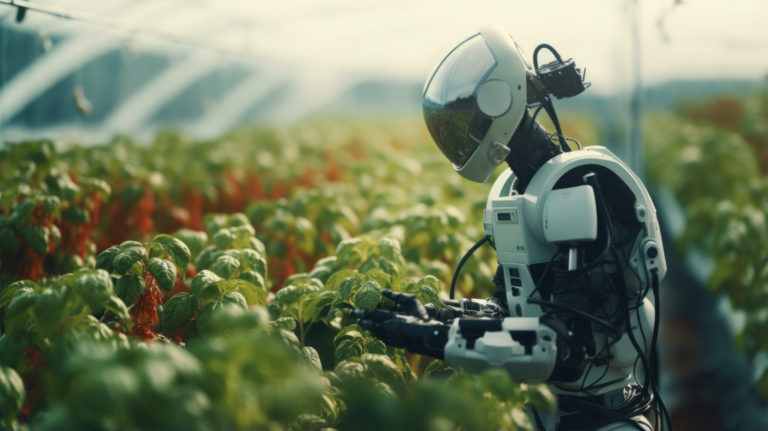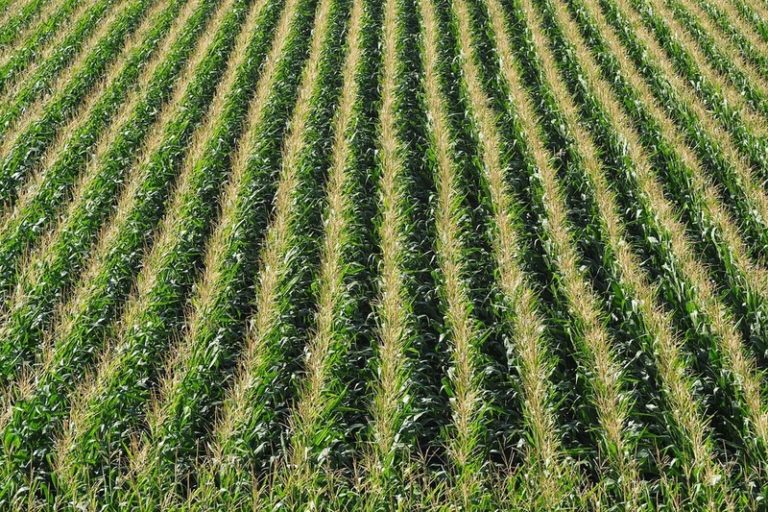Intercrop Farming: A Sustainable and Effective Way to Improve Soil Health and Yield
Intercropping is a sustainable agricultural practice that involves planting two or more crops in the same field, simultaneously or sequentially.
Indigenous peoples from all over the world have been using intercropping for hundreds of years. In recent times, intercropping has gained popularity as a way to improve soil health, reduce pests and diseases, and increase crop yields.
Types of Intercropping
There are several types of intercropping, including mixed intercropping, row intercropping, relay intercropping, and strip intercropping.
Mixed intercropping involves planting two or more crops together in the same field. This can provide several benefits, such as improving soil fertility, reducing pests and diseases, and increasing crop yields. For example, planting nitrogen-fixing legumes such as beans or peas with other crops can help to increase the availability of nitrogen in the soil, which can benefit the other crops.
In row intercropping, one crop is planted in rows, and then another crop is planted in the space between the rows. This can help get the most out of the land and make it easier to get things like water, light, and nutrients. For instance, planting maize and beans in alternate rows can help you get the most out of your land because the beans can grow up the maize stalks, which means you don’t have to trellis or stake them as much.
Relay intercropping involves planting a second crop after the first has matured. This can help extend the growing season and maximize land efficiency. For example, planting soybeans after wheat has been harvested can help optimize the use of the land and provide additional income for farmers.
Strip intercropping involves planting one crop in strips or bands and another crop in the spaces between the strips. This can help to optimize land use efficiency and reduce competition for resources. For example, planting crops such as maize or sorghum in strips and legumes such as cowpeas in the spaces between the strips can help to increase the availability of nitrogen in the soil and reduce pests and diseases.

Benefits of Intercropping
Intercropping has many benefits, such as protecting the soil, getting rid of pests and diseases, increasing crop yield, and recycling nutrients.
Soil conservation:
Intercropping helps maintain soil fertility by reducing soil erosion, improving soil structure, and increasing organic matter. Intercropping systems also help cut down on pests and diseases because they have a variety of crops. This creates a more complex environment that pests and diseases don’t like as much.
Pest and disease control:
Intercropping can help cut down on pests and diseases by creating a more complex environment that pests and diseases don’t like as much. For example, planting grains like maize or sorghum in strips and legumes like cowpeas in the spaces between the strips can help reduce pests and diseases by messing up their life cycles and giving natural predators a variety of places to live.
Increased yield:
Intercropping can also lead to increased crop yields by maximizing land use efficiency and reducing competition for resources, such as water, light, and nutrients. For example, planting nitrogen-fixing legumes such as beans or peas with other crops can help to increase the availability of nitrogen in the soil, which can benefit the other crops and increase yields.
Nutrient cycling:
Intercropping helps to cycle nutrients in the soil, reducing the need for external inputs such as fertilizers. For example, planting legumes like beans or peas with other crops can help make more nitrogen available in the soil, which can help the other crops and reduce the need to add nitrogen from outside sources.
Challenges of Intercropping
Despite the benefits of intercropping, it can also present some challenges.
Competition for resources:
One of the main problems with intercropping is that the plants compete for things like water, light, and nutrients. This competition for resources One of the primary challenges of intercropping is competition for resources such as water, light, and nutrients. This can lead to reduced yields if the crops are not compatible or if the spacing between the crops is not appropriate.
Labor-intensive:
Intercropping can take more work than monoculture farming because you have to pay close attention to the different crops and their needs. This can make it more difficult for farmers with limited resources or access to labor.
Market demand:
Demand on the market for crops that are grown next to each other can be hard to predict because it may not be as stable as the market for crops that are grown alone. This can make it difficult for farmers to know which crops to intercrop and how much to plant.
Conclusion
Even though there are problems, intercropping can be a long-lasting and effective way to improve the health of the soil, cut down on pests and diseases, and boost crop yields.
Farmers can get the most out of intercropping by choosing crops that go well together and leaving enough space between them. Intercropping can be a great way to promote sustainable agriculture and help local communities if it is managed and planned well.
Also Read:
Food Security: Definition, Importance, and Strategies for Achieving It







